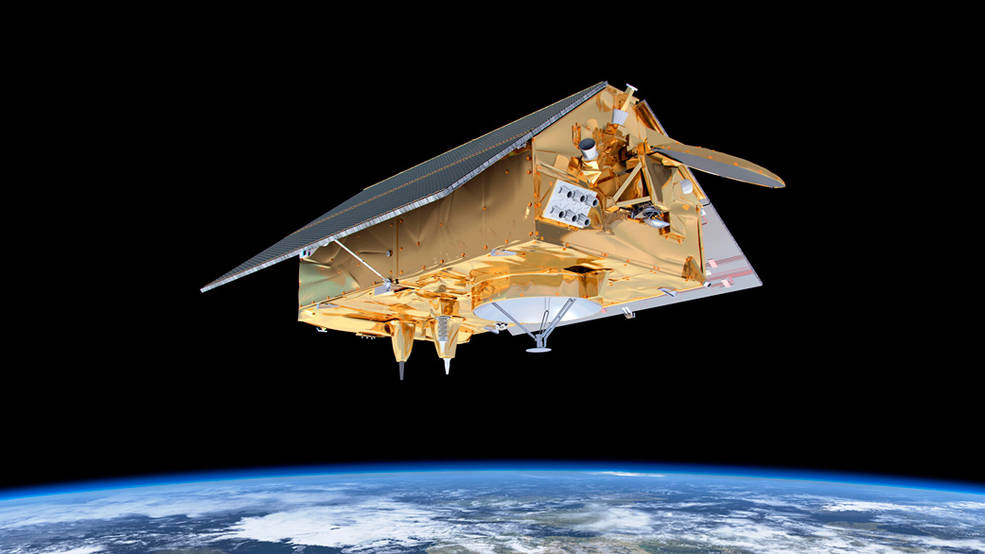Sentinel-6 Michael Freilich

Sentinel-6 Michael Freilich is a “game changer” because it will ensure continuity of sea level observations for at least a decade. Like their predecessors, these satellites will provide ongoing measurements of global sea level rise – one of the most important impacts of human-caused climate change. The data will also support operational oceanography, improving forecasts of ocean currents as well as wind and wave conditions. In addition, it will help to improve forecasts of weather conditions likely to prevail two to four weeks ahead (e.g., hurricane intensity forecasting). Sentinel-6 Michael Freilich will also aid weather prediction through a new experiment: Global Navigation Satellite System Radio Occultation (GNSS-RO). Watching GNSS satellites as they disappear over the horizon will provide detailed information about the layers in the atmosphere. This information will contribute to computer models that predict the weather and enhance forecasting capabilities.
Sentinel-6 Michael Freilich Interactive Print-outs
Mission Poster
Sentinel-6 Michael Freilich Collector Cards (online print-out)
Sentinel-6 Michael Freilich Spacecraft Paper Model Cut-out
Dr. Michael Freilich Poster
Kids Coloring Sheets

Launch Site: Vandenberg Space Force Base, CA
Launch Vehicle: SpaceX Falcon 9